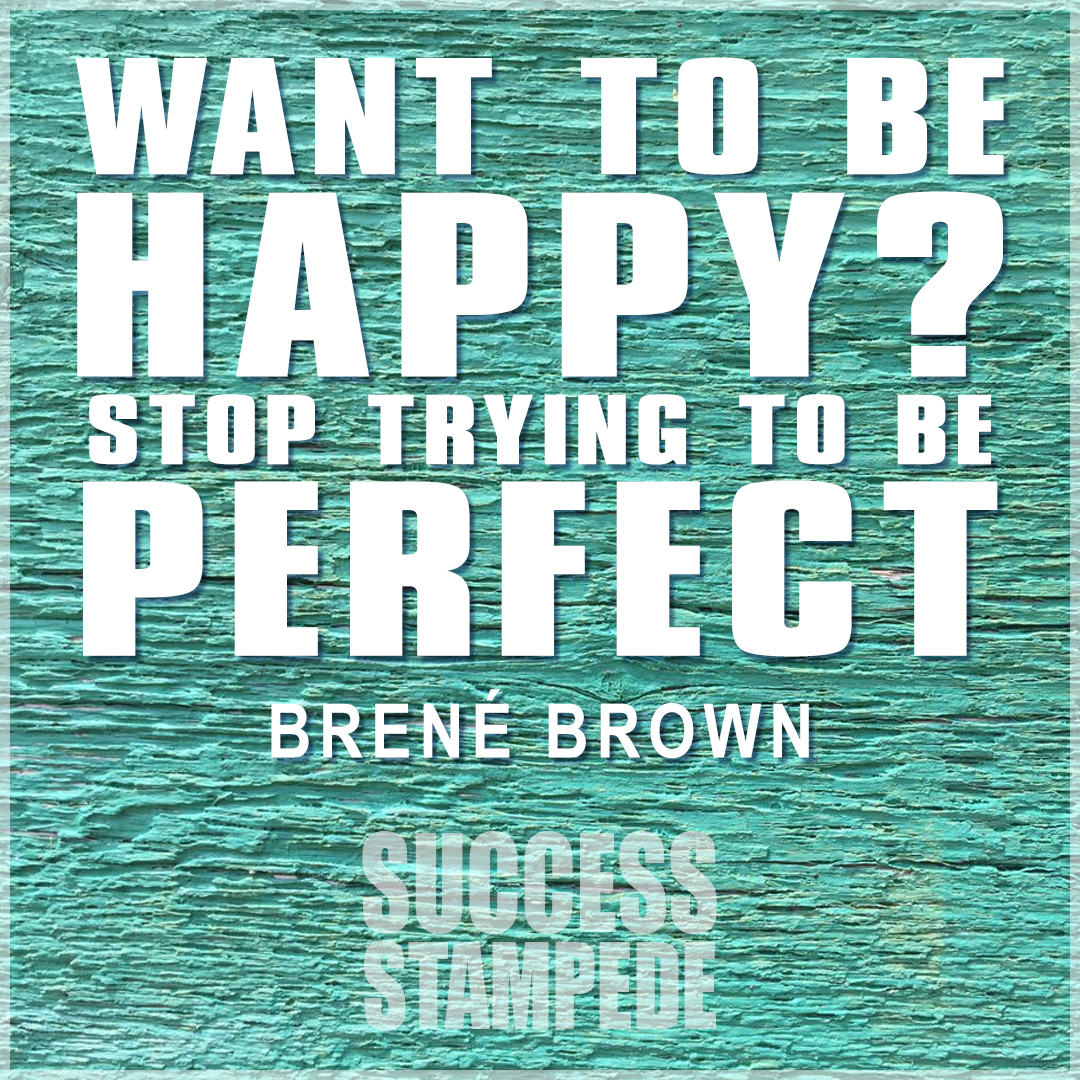 By Steve Pavlina
By Steve Pavlina
Clarity
If a lack of clarity prevents you from taking action, then find or develop a process to gain sufficient clarity to act. Stop acting like this is an unsolvable problem. It isn’t.
One basic method begins with writing a mission statement that encapsulates the core purpose of your life.
Mission Statement
Your mission statement is your proposed contract with life. It basically answers two questions:
- What do you want to contribute?
- What do you want to receive?
I recently updated my company’s mission statement. Here’s the current version.
Pavlina’s mission is:
- to explore, clarify, and elegantly codify conscious growth
- to challenge the status quo, to take intelligent risks, and to experiment
- to strengthen our global society’s alignment with truth, love, and power
- to advance conscious growth ambitiously, tenaciously, and sustainably
- to balance inspired innovation, co-creative teamwork, and disciplined execution
- to progressively embrace the highest standards of excellence and mastery
- and to lead and inspire with authority, audacity, playfulness, and love
The giving and receiving aspects of this company mission are tightly woven together. I deeply enjoy the process of working on conscious growth. The people I work with generally feel the same. But that doesn’t have to be the case. You could have a mission that sees you contributing and receiving through different channels.
I also have a personal mission statement, which has a lot in common with the company mission but is slightly different.
My personal mission is:
- to explore, understand, and integrate life’s intelligent order
- to insightfully clarify, elegantly codify, and ambitiously advance this order
- to lead and inspire with authority, audacity, playfulness, and love
- to progressively embrace the highest standards of excellence and mastery
- to balance inspired innovation, co-creative teamwork, and disciplined execution
- to abundantly enjoy life’s finest rewards
- and to prepare myself for other phases of existence
Part of my contract with life is that if I am to pursue a grand purpose, I expect that life will back me up. I don’t expect it to make things easy for me, but I expect it to cooperate in helping me learn the important lessons and not waste my time with trivial and unnecessary blocks. Once I learn and integrate a key lesson, I expect to be able to progress and move on.
For instance, after I learned how to contribute value to others in ways I found fulfilling and got past the stupidity of scarcity thinking, I expected life to support me with the proper tools to do the job well. So I shamelessly buy the best tools of the trade that I can, and I appreciate those tools as I use them. I don’t skimp.
I find that when I act in alignment with my mission, life does indeed back me up. I experience the abundance I desire to feel supported.
Of course the entire proposal exists in my own mind, so if I believe that life and I have come to a certain arrangement, then of course we have. Life is just an imaginary concept. What I’m really doing is negotiating a deal within myself, one that gives me enough clarity to act with conviction.
If you develop a mission statement that’s overly self-sacrificing and burdensome, you’ll procrastinate on implementing it and will often get stuck because you won’t feel very supported by life. You may even feel beaten down. On the other hand, if your mission is all about me-me-me, no one is going to care whether you succeed or not, and deep down you’re going to know that your mission is irrelevant to everyone else. You’ll sabotage yourself from working on it because there’s no greater need to fulfill it.
An intelligent mission statement properly balances what you desire to contribute to life and what you desire to receive from life. Nature operates on similar principles. A species that is too giving dies off. A species that is too greedy dies off. A balanced approach is more optimal.
Some other questions you can ask to help clarify your mission include:
- What’s the most important thing I could do with my life?
- What kind of person do I desire to become?
- What kind of support would I like to receive from life?
- How do I want to live?
- What do I care about?
- What’s the point of my being here?
- What would I like to experience before I pass on?
- What stimulates me mentally?
- What lights me up emotionally?
- What calls to my spirit?
- What do I want to create?
- What do I want to leave behind as my legacy?
- What do I believe is the real point of life?
- What kinds of people do I want to share my journey with?
Your mission statement should make you smile when you read it. It should stir something powerful within you. You should look at it and be able to say, “Yup, that’s me alright!”
Your mission statement will evolve over time — that’s to be expected as you learn and grow. If you take the time to carefully and intelligently write one and do the best job you can, it will pay huge dividends in clarity.
Goals
With a clear mission (statement of purpose), you can derive specific goals. Your mission is your general direction in life. Your goals are the milestones on your path.
Begin by setting some long-term goals (2+ years out) to express and explore your mission. This is where you connect the dots between your purpose and your skills. You may need to develop new skills to fulfill your mission, so include the development of those skills as long-term goals. For instance, I took several years to develop my public speaking skills before I ever did my first paid professional speech.
Put these goals in priority order from most important to least important. Ask, “If I could only accomplish one item on this list, what would it be?” Then ask, “If I could only accomplish one more item on this list, what would that be?” And so on.
Then set 1-year goals based on those long-term goals. Prioritize them.
Then set goals for this quarter based on your 1-year goals. Prioritize them. Update this list at the beginning of each quarter. I also think it’s wise to update your 1-year goals at the beginning of each quarter too, so you can account for any progress or setbacks to refine your targets.
Then set goals for this month based on your quarter’s goals. Prioritize them. Update this list at the beginning of each month.
At the start of each week, set this week’s goals based on your month’s goals. Add your urgent and time-sensitive items to your week as well, the items that aren’t necessarily mission-based. Prioritize them with a focus on getting your important items done early in the week and using the rest of the week to handle your urgent but less important items. Learn to procrastinate on the unimportant.
At the start of each day (or preferably at the end of each day), set goals for the upcoming day. Prioritize them.
This takes some effort to create these lists the first time, but it’s fairly easy to maintain if you get into the habit of working this way.
Take the time to do this job in excellent fashion. Sit down for a few hours, fire up your brain, and set the most thoughtful goals you can. I like to do this in a fairly dark room, either sitting by the fireplace or by candlelight, with some nature sounds playing (like rain or ocean waves). Creating a relaxing and meditative environment for goal setting really helps me concentrate deeply and do a good job. I know from experience that doing sloppy work here will only make the implementation phase a painful and frustrating mess. Goal setting is very challenging work, and so it deserves a modicum of respect.
After you complete each goal list, read it over and ask yourself, “Are these the very best goals I can set?” If the answer is no, or if you hesitate and aren’t sure, take a break, go back to your list when you’re fresh, and do another round of revision.
In addition to deriving goals from your mission, you can also add some goals that aren’t mission based. That’s perfectly fine. But if you find yourself doing this a lot, take a step back to see if you notice any patterns in those other goals. They may hint at new elements you could wrap into your mission statement. For instance, I love doing personal growth experiments, and eventually I realized that this drive to experiment should be a part of my mission — and part of my company’s mission as well.
If I were creating all these goal lists from scratch, I’d spend 1-2 hours setting goals for each of the long-term, 1-year, and quarterly time frames. So just doing those would take 3-6 hours. To set goals for the month takes about 15-30 minutes. To set goals for the week takes about 10 minutes. To set goals for the day usually takes about 5 minutes.
Once these lists are created, the ongoing maintenance of this system is fairly low… usually just 5 minutes a day of selecting and prioritizing the next day’s tasks, done at the end of each day. Then progressively deeper planning is done at the end of each week, month, and quarter. But the time investment isn’t significant relative to the payoff in clarity.
Action
At the start of each day, review your mission and your goals for each time frame. This only takes 5-10 minutes. As you do this, imagine your goals for each time frame as already accomplished. Notice the causal chain. See how your daily actions ultimately link to your long-term goals and how your goals reflect your mission. Really let it sink in that how you behave today will either be aligned with your path, or it won’t.
Commit yourself to making progress today. Determine to move forward today into the expression of your mission. This daily renewal of commitment is very important. It helps prevent you from being blown off track and getting caught up in trivialities and distractions.
Now get to work. Begin with the first task on your daily list. Tune out and ignore everything else. Your greatest challenge will be to develop the habit of working through your daily list in priority order. Don’t jump around. Don’t distract yourself with trivial items. Learn to become importance-driven and not urgency-driven.
If you need a break, take a break. Then continue with the next task on your list.
The nice thing about this simple system is that you don’t need to make decisions about what to do during most days. You can simply relax into action. You’ve already done the thoughtful decision-making and clarification of what is to be done, and in what order. This is why it’s so important to do that goal-setting and planning work in an excellent fashion. If you know you did your best in the planning phase, then you’ll be able to relax into action during the execution phase. You’ll trust that these are the right actions to move you forward intelligently.
If, however, you do a sloppy planning job, you’ll second guess your decisions when you try to execute. You’ll blow off your daily lists. You’ll tackle items out of priority order. You’ll squander your days doing unimportant tasks. Then the urgent items will eventually pile up, and you’ll have to put your long-term goals aside to catch up on more trivial ones. After a few days of this, you won’t bother planning at all. Then you’ll drift for a few months or perhaps even years. And eventually you’ll take another stab at this and repeat the process.
I’d like to save you some hardship by emphasizing as much as possible the importance of setting goals with the utmost care and thought. The same goes for creating a quality mission statement. Don’t be surprised if it takes you several days to come up with a mission statement that you really feel is your best work. This is still a relative small investment across your lifetime, but it will save you an extraordinary amount of time in execution.
Creating Flow
What about going with the flow? If you do that on a daily basis without a clear direction, you’ll basically end up going with the flow of a random mixture of other people’s missions. That may sound okay, but it’s overly chaotic and not particularly fulfilling in the long run. Try it for a decade or two if you must, and then notice the sinking sensation that you’re falling behind in life and missing the boat. That’s because you are missing the boat. You’re not leading your life. This version of going with the flow is merely drifting aimlessly. There’s no honor in it.
The more intelligent application of going with the flow is to define your desired flow first. Then go with the flow of that purpose. Sometimes you can simply relax into it. Other times it may require paddling. Don’t use going with the flow as an excuse for doing nothing worthwhile with your life.
If you really can’t define your own flow yet, then go attach yourself to someone else’s flow. Make this a conscious choice as opposed to a haphazard one. Don’t just go work for some random company because you think you need a job. Seek out someone you respect or admire, or go to work for a company whose values inspire you. Work for free if you must. The educational value of such an apprenticeship will pay huge dividends down the road, both in the skills you’ll gain and the increase in clarity about your own path. If you eventually realize your purpose must flow in a different direction, then you can take the time to articulate that flow and begin pursuing it more consciously.
Remember that the days of your life are going to pass anyway. You can spend those days flowing towards a greater purpose and enjoying the many rewards of clarity and deliberate execution. Or you can keep drifting, occasionally complaining about not knowing what to do as if that’s a unique problem (no, it’s a solvable one) or as if that somehow gets you off the hook (it doesn’t), and then you’ll suffer the consequences of lifelong regret (which is preventable).
In the long run, it’s easier and more fulfilling to live a thoughtfully considered life in alignment with an inspiring purpose, mainly because you get to experience and enjoy lots of what you desire. After a while the path becomes largely self-sustaining. It’s harder to drift aimlessly because then you only get to watch other people enjoying their lives fully, which may induce feelings like resentment, depression, or helplessness. If you’re feeling any of that anger, resentment, or regret now, that’s good. Go channel it into some fresh decisions. Write a new mission statement, and set some thoughtful goals. It isn’t too late to get yourself back on track.



